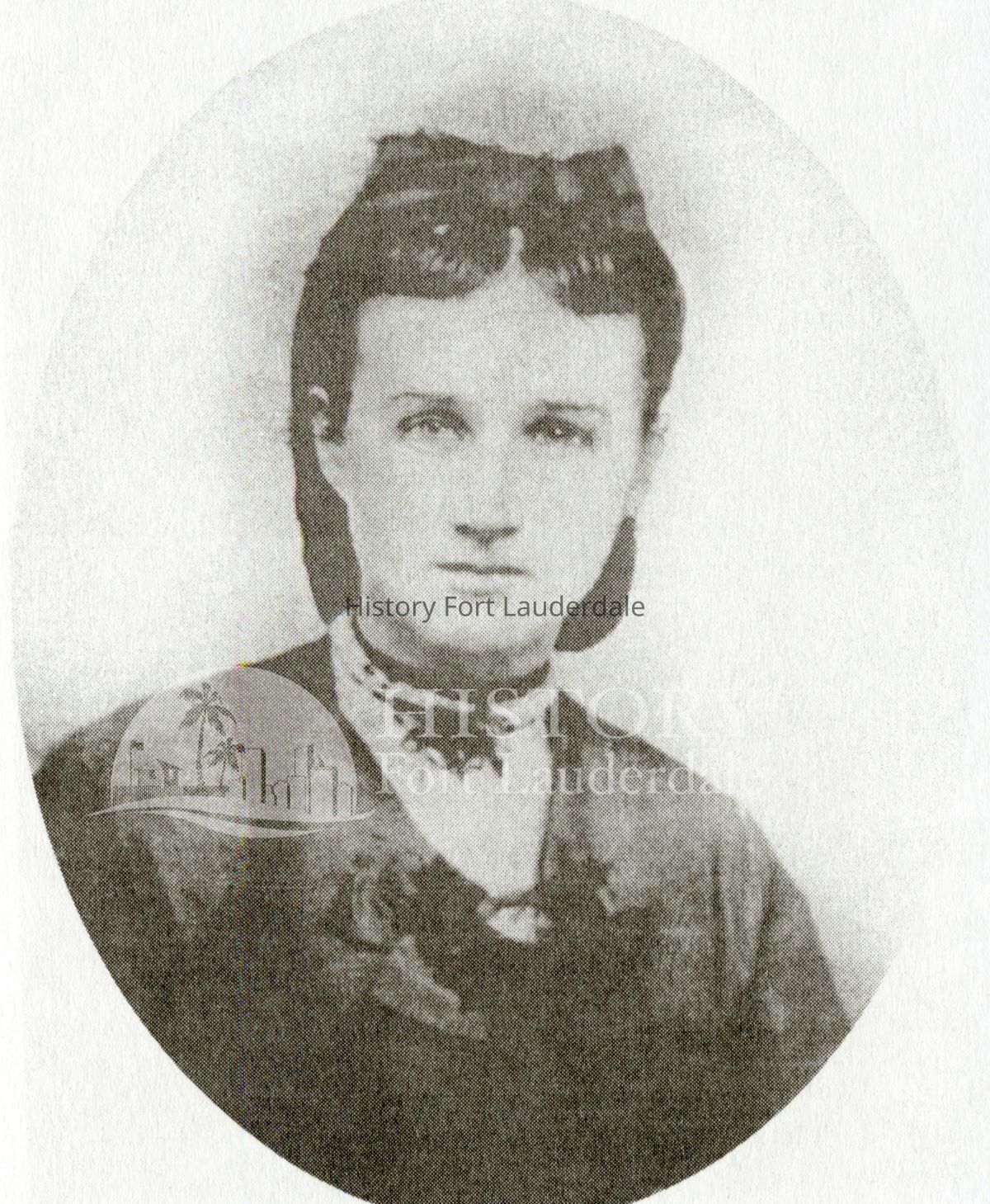Note Type
Historical NoteNote
Mary Brickell 1836-1922
While often hailed as one of the “Mothers of Miami”, Mary Brickell left a lasting and largely unknown impact on Fort Lauderdale. Originally from Yorkshire, England, Mary spent her childhood in Australia, where she met and married William Brickell before moving to Cleveland, Ohio. Together in 1868, they purchased 640 acres of property in Dade County. While operating the first trading post and one of the first post offices in Miami, they would continue to purchase land in Dade County, quickly becoming the area’s largest land owners. It was the beginning of Mary’s subtle but impactful influence over South East Florida.
In the 1870s, Mary and William acquired the Frankee Lewis Donation in Fort Lauderdale. A piece of this land was the coastal ridge running parallel to the beach. Highly coveted for being naturally elevated, Henry Flagler and road builders wanted to utilize the land for transportation. Mary made a deal with Henry Flagler for a portion of her land if he moved the FEC tracks west and had his engineering department prepare a plat for the area. Flagler moved the railroad to its current location. In 1892, Mary protested the proposed route for the new road connecting the south end of Lake Worth to Bay Biscayne. Instead, Mary paid for a road to be built through the center of her land, increasing its value, and providing a road where there had been no road before.
After her husband’s death, Mary subdivided and platted the original square mile Town of Fort Lauderdale. Her land consisted of the present day neighborhoods of Sailboat Bend, Colee Hammock, and Rio Vista. Although not her intention, the plat granted the riverfront to the public permanently. A detail which was ruled on by Judge Branning in a 1914 court case. Mary advocated for wide roads and beautiful homes along the rivers as she helped plat the cities of Fort Lauderdale and Miami. In 1917, Mary built another road; this one running east to west through her property with a wooden bridge over the New River Sound. This road was named Las Olas Boulevard.
